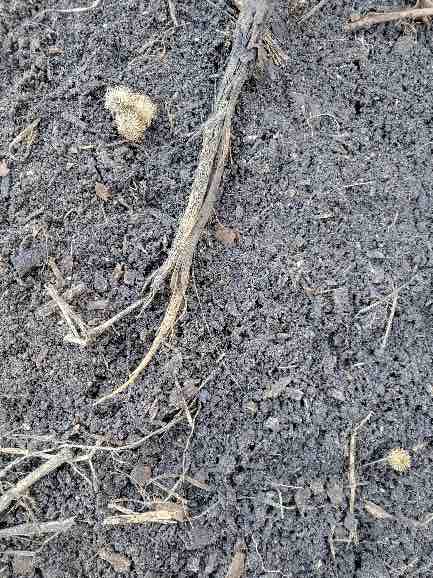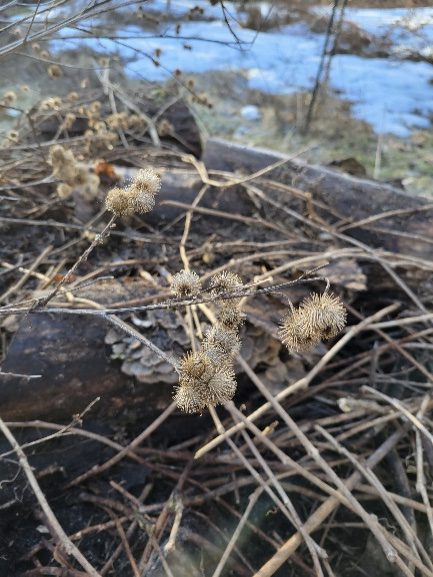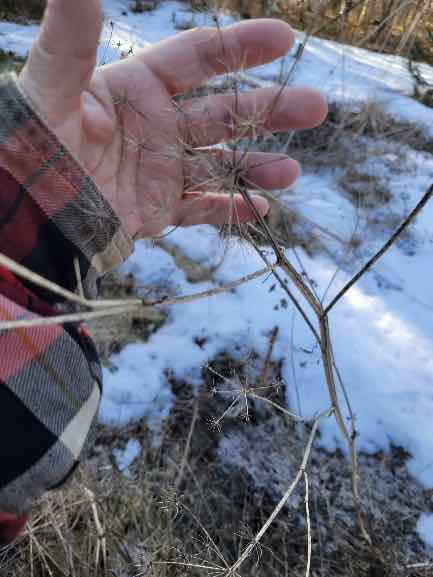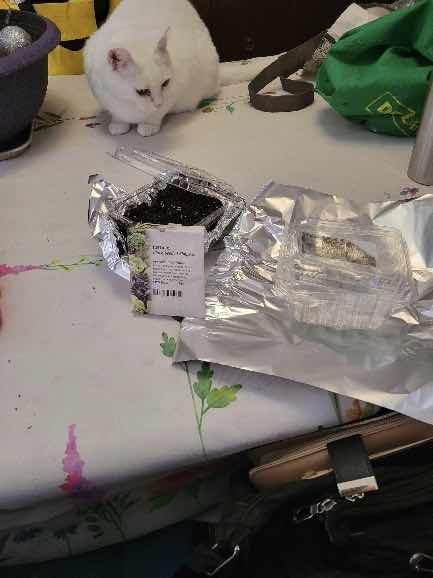Get rid of Burdock and Wild Parsnip
While it is said to have medical benefits, I would not grow burdock as it is so invasive and difficult to control.
Greetings fellow gardeners,
Today it is sunny and spring-like with a blustery warning looming on the horizon. That is the joy of spring. Like a broken record I ask that you stay off the soil and work on other areas so the soil will remain ready for planting, instead of being as hard as concrete.
Get Rid of Burdock
We are in the most magical week of the year! Yes, you will see me frolicking about in my back yard yanking out copious amounts of burdock and wild parsnip. The ground is just starting to warm up and the small rootlets off the gigantic taproots of these weeds have yet to form. I go to the base of the burdock and pull and the entire root slips out of the ground without any effort at all. I put these noxious weeds in the green bin. If you pull out the wild parsnip it has no sap at this time, so the burn factor is unlikely. The city has made it very clear that they do not accept wild parsnip in the green bin, so I put these weeds into a garbage bag.

Remember that each little burr can produce many burdock plants so try to get them out of your garden.

Burdock starts its life looking like a small rhubarb plant. It is a biennial like wild parsnip. The burdock with its rhubarb-like leaves is very difficult to pull out, but the leaves can be placed in the compost and the chickens love them as a snack. The next year the leaves develop a center stalk that shoots up high and produces branches of burrs that start out purple and turn brown. While it is said to have medical benefits, I would not grow burdock as it is so invasive and difficult to control.
Get Rid of Wild Parsnip
Wild parsnip also has a mighty tap root, and it is so easy to pull at this time of the year. Get as much out as you can before the tap root starts to become less easy to pull. Even though it is still chilly, the wild parsnip has already started to grow. It looks a bit like lettuce leaves. In the first year it grows like a large fern-like plant and often grows beside perennials where it is difficult to see. In the second year it grows taller and forms flowers that seed and spread everywhere!
Each seed makes a plant and makes them so difficult to control. If you have flowering wild parsnip, snipping off the flowers into a garbage bag will help you start to get control. Remember that the sap of the wild parsnip will burn your skin no matter what stage the plant is at, except for when it is dead. Do not touch the gloves that you use or the clothes you wear. Carefully place everything in the laundry and wash it. And then have a shower. If you touch the gloves that have sap on them and then go out into the sun, you will develop a bad burn-like rash.

Starting Seeds
It’s time to start seeds!! So exciting! My tomato seeds are being organized to go into the plant compound this weekend, but for now I have started some lettuce. Containers of grape tomatoes, the ones with a clear plastic top, can serve as little greenhouses. I love them! Take off the labels, fill them with soil, lined the bottom with tinfoil, and presto! They are ready to be planted lettuce seeds. I put the lid on the container and put it outside on the plant shelf. The season begins!

Enjoy your week and stay off the garden! Judith
(Email: sghorticultural@gmail.com) Veggie Bites are available at https://sghorticultural.wixsite.com/website or https://gardeningcalendar.ca/articles/veggie-bites/







Leave a Reply
You must be logged in to post a comment.